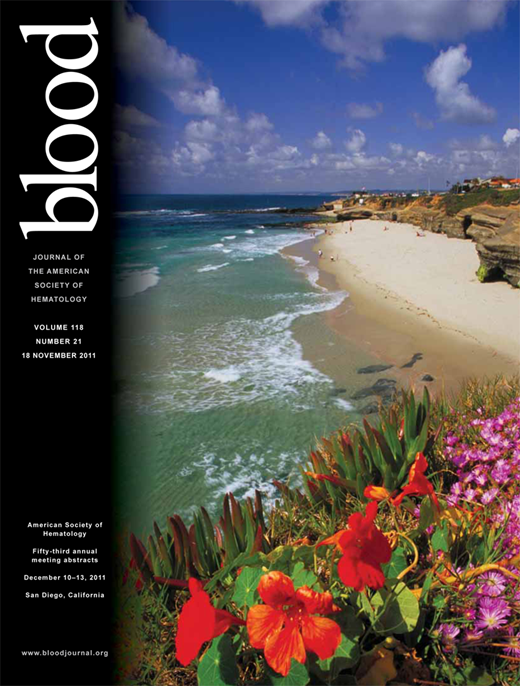Abstract
Abstract 2994
Patients affected by hematologic malignancies might benefit from high dose chemotherapy followed by peripheral stem cells (PBSC) transplant. Chemotherapy in combination with G-CSF is effective in mobilizing stem cells but often toxic, might require prolonged hospitalization and extensive supportive care. Moreover a high proportion of patients, ranging from 11 to 53%, fail to collect an adequate number of stem cells with this approach. In this setting plerixafor, a CXCR4 chemokine antagonist, has shown to increase the number of circulating CD34+ cells in cancer patients when used alone or with G-CSF and to be able to rescue patients unable to mobilize with traditional regimens. Recently, several forms of biosimilar nonglycosylated recombinant human G-CSF have been clinically developed and approved by the European Medicines Agency for the same indications as the reference filgrastim product on the basis of comparable quality, efficacy, and safety. Biosimilars also provide a more cost-effective strategy and their use in clinical setting may provide cost savings in their indicated uses.
From December 2010 to July 2011, 16 patients, median age 55 (19–67), affected by Non-Hodgking Lymphoma (6), Hodgking Disease (2) and MM (8), received a combination of biosimilar version of G-CSF (Tevagrastim) and plerixafor in order to mobilize PBSC as first line strategy. Tevagrastim was self-administered (10μg/kg/die) for 3 days; on day 4 patients were admitted to the hospital, circulating CD34+ cells counted and if >20 cells/μl, plerixafor was administered (0.24mg/kg) 12 hours before the scheduled apheresis. There were 7 males and 9 females, median lines of previous chemotherapy was 1(1–4). Median number of circulating CD34+ cells on day 4 was 16 (8–42). Plerixafor was administered to all but 1 patients who had already 42 CD34+ cells/μl on day 4. On day 5, after plerixafor administration median number of circulating CD34+ cells had raised to 68/μl (18–138). All the patients underwent leukapheresis and were able to collect an adequate number of CD34+ cells necessary for the transplantation procedure with a median number of 5.2 ×106 (2.2–10.6) CD34+cells/kg in a median number of 1 procedure (1–2). For patients with Multiple Myeloma, 6/8 patients were able to collect a median of 5.8×106 CD34+/kg (4.2–10.6) in a single procedure. No major side effect was observed. So far, 7/16 patients underwent high dose chemotherapy followed by PBSC transplant. Engraftment occurred in all patients with a time to ANC>500 of 12 (9–13) and of PLT>20.000 of 13 (9–19) days.
The combination of tevagrastim and plerixafor is safe and effective in mobilizing PBSC and allows a collection of a more than adequate number of cells in most of the patients in a maximum of 2 apheresis procedure, even in patients with MM who need to collect a double amount cells.
No relevant conflicts of interest to declare.
Author notes
Asterisk with author names denotes non-ASH members.

